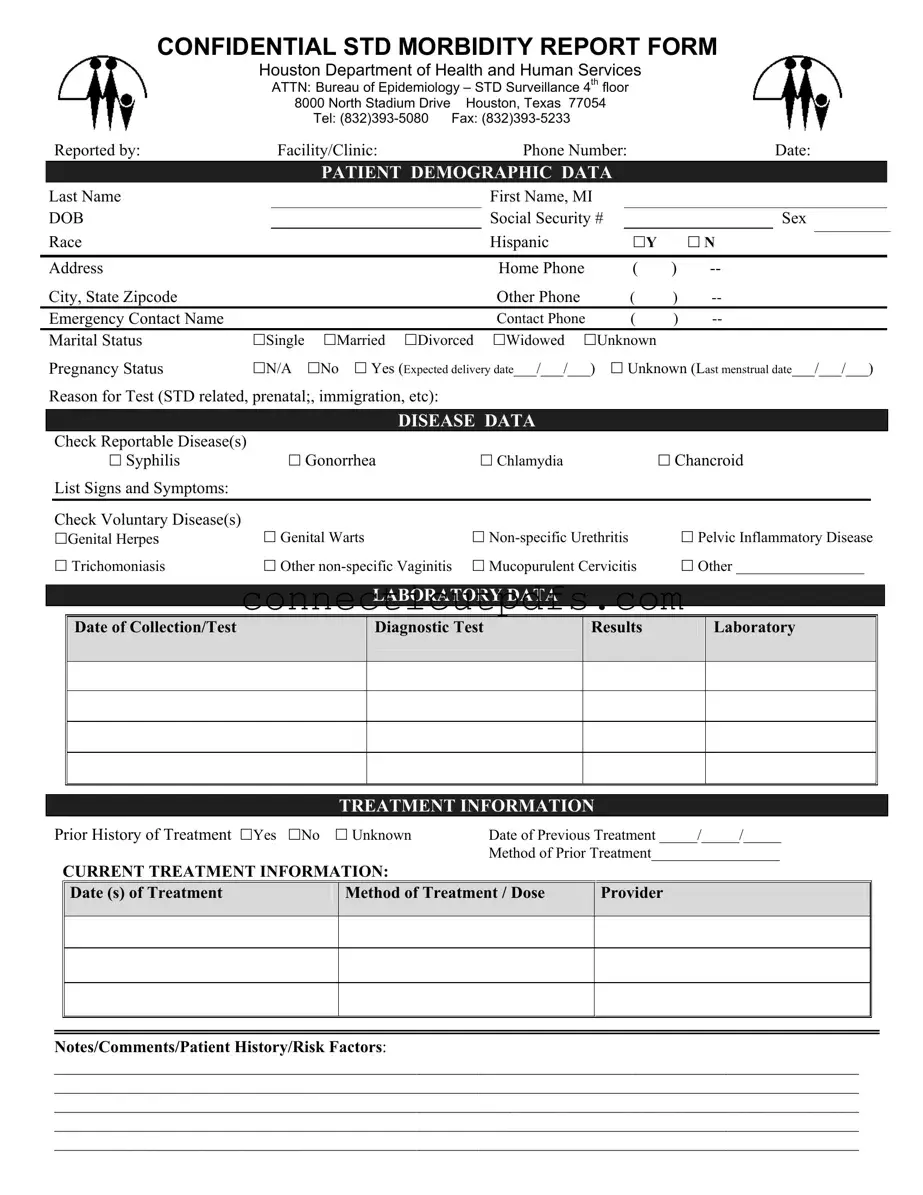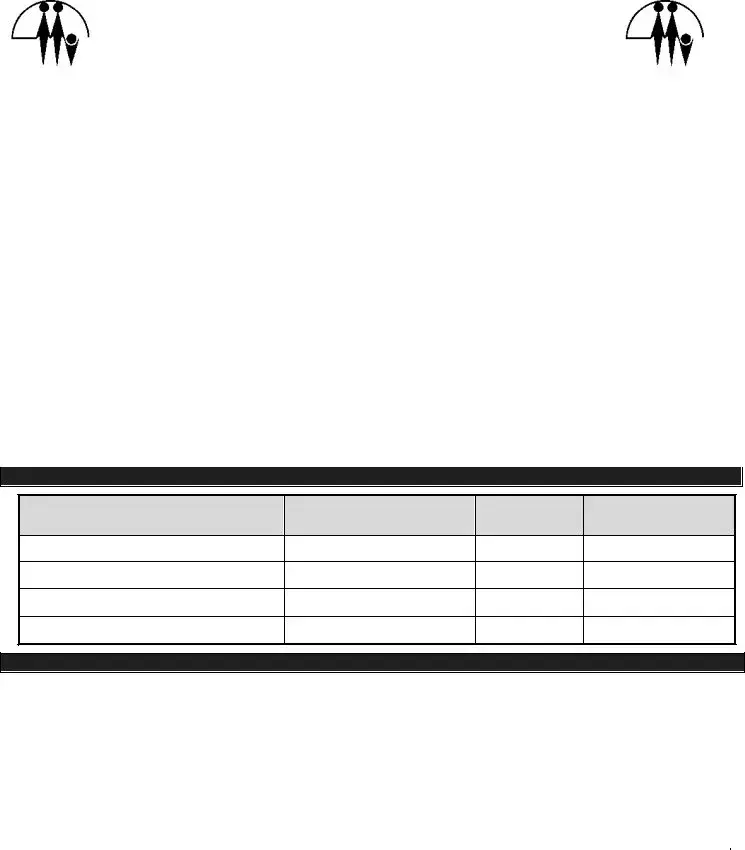What is the Connecticut UC 2 form?
The Connecticut UC 2 form is a confidential morbidity report used to document and report cases of sexually transmitted diseases (STDs) to the appropriate health authorities. This form is essential for public health surveillance and helps in tracking the incidence of STDs in the community.
Who should fill out the UC 2 form?
The UC 2 form should be completed by healthcare providers, clinics, or facilities that diagnose or treat patients with reportable sexually transmitted diseases. This includes doctors, nurses, and other medical professionals involved in patient care.
What information is required on the UC 2 form?
The form requires various types of information, including patient demographics such as name, date of birth, and contact information. It also asks for details about the reportable disease(s), laboratory test results, treatment history, and any signs or symptoms the patient may have experienced.
How is patient confidentiality maintained when using the UC 2 form?
Patient confidentiality is a priority when completing the UC 2 form. The form is designed to be confidential, and any identifying information is handled in accordance with health privacy laws. Healthcare providers must ensure that the form is submitted securely to protect patient information.
What diseases are reportable on the UC 2 form?
The UC 2 form includes several reportable diseases such as syphilis, gonorrhea, and chlamydia. Additionally, it allows for the reporting of voluntary diseases like genital herpes and pelvic inflammatory disease, among others. Providers should check all applicable diseases on the form.
What should be done if a patient has a history of treatment?
If a patient has a prior history of treatment for an STD, this should be noted on the UC 2 form. The form includes a section for documenting the date of previous treatment and the method used. This information can be crucial for understanding the patient's current health status and treatment needs.
How can the UC 2 form be submitted?
The completed UC 2 form can be submitted via fax or mail to the Bureau of Epidemiology at the Houston Department of Health and Human Services. The contact information for submission is provided on the form itself. It is important to ensure that the form is sent securely to maintain confidentiality.
What if the patient is unsure about their pregnancy status?
If a patient is unsure about their pregnancy status, the healthcare provider should select the "Unknown" option on the UC 2 form. This allows for accurate reporting while acknowledging that not all patients may have definitive information regarding their pregnancy.
Can additional notes be added to the UC 2 form?
Yes, there is a section on the UC 2 form for notes and comments. This area allows healthcare providers to include any relevant patient history, risk factors, or additional information that may assist in the understanding of the patient's condition and treatment.
What should a provider do if they have questions about completing the UC 2 form?
If a provider has questions about how to complete the UC 2 form, they can contact the Bureau of Epidemiology at the Houston Department of Health and Human Services. The contact number is provided on the form, and staff are available to assist with any inquiries related to the reporting process.

